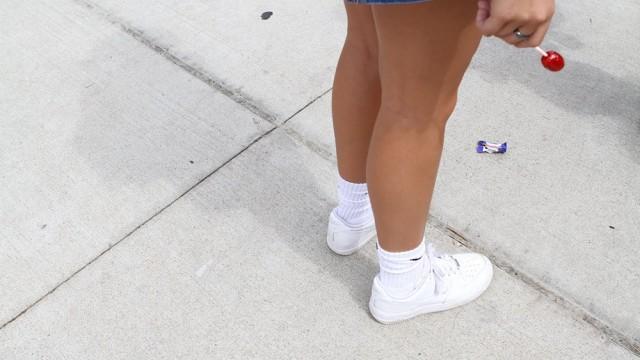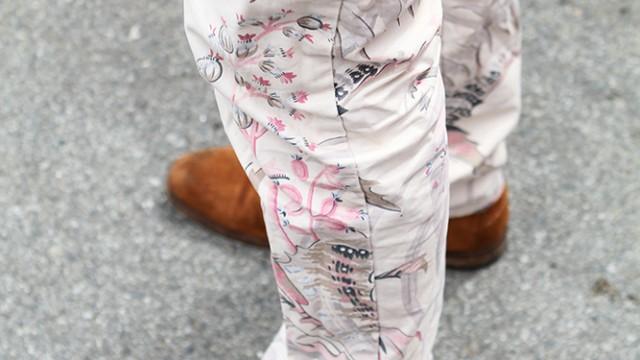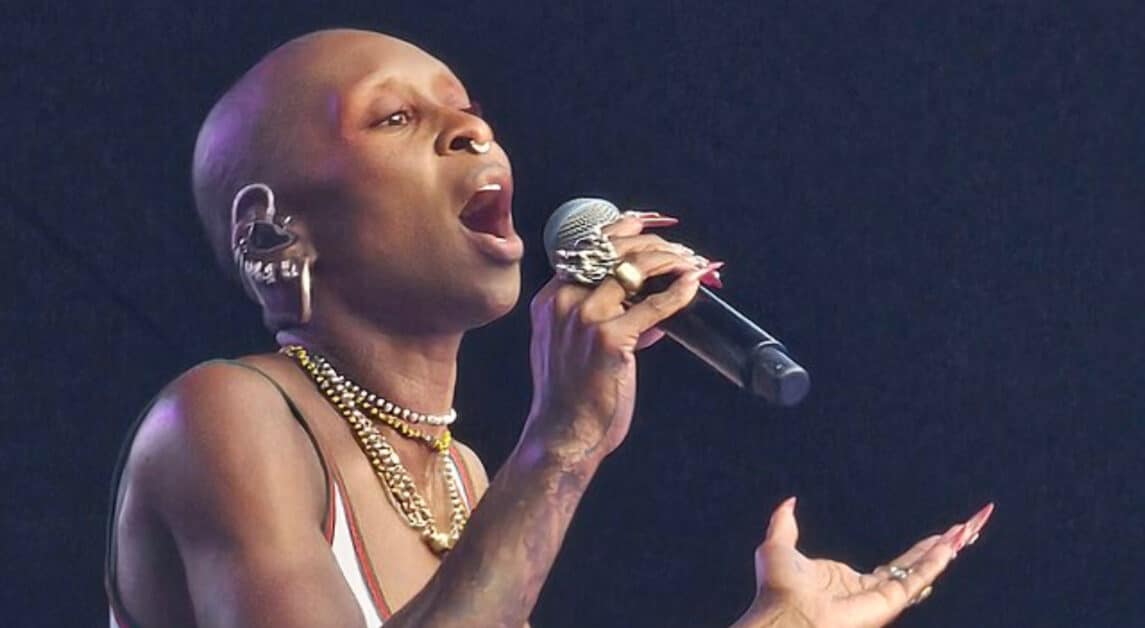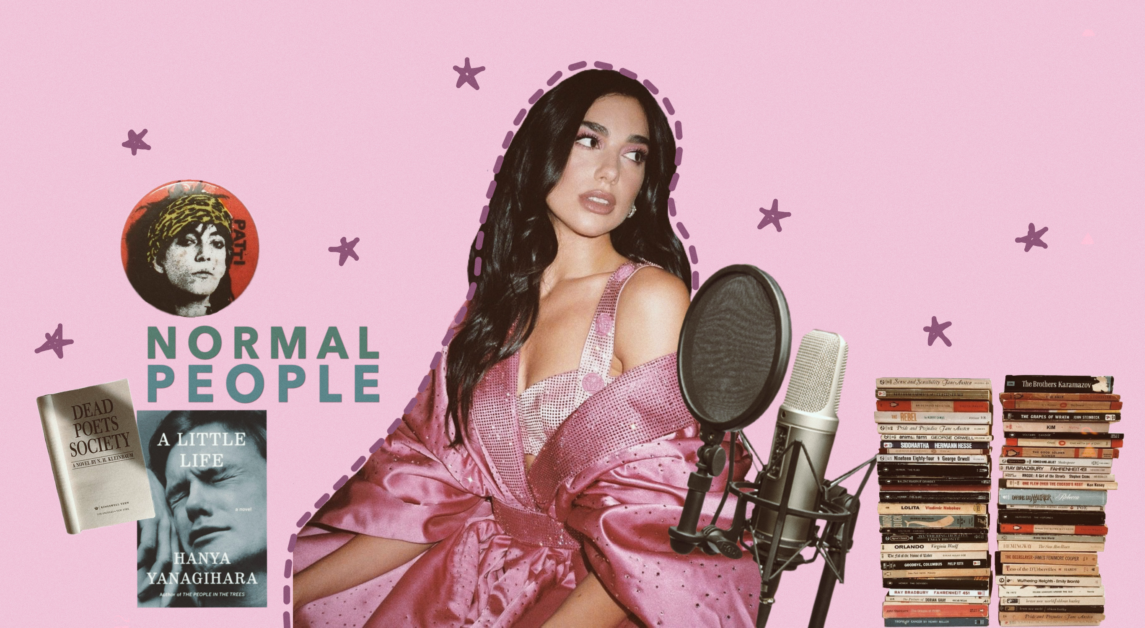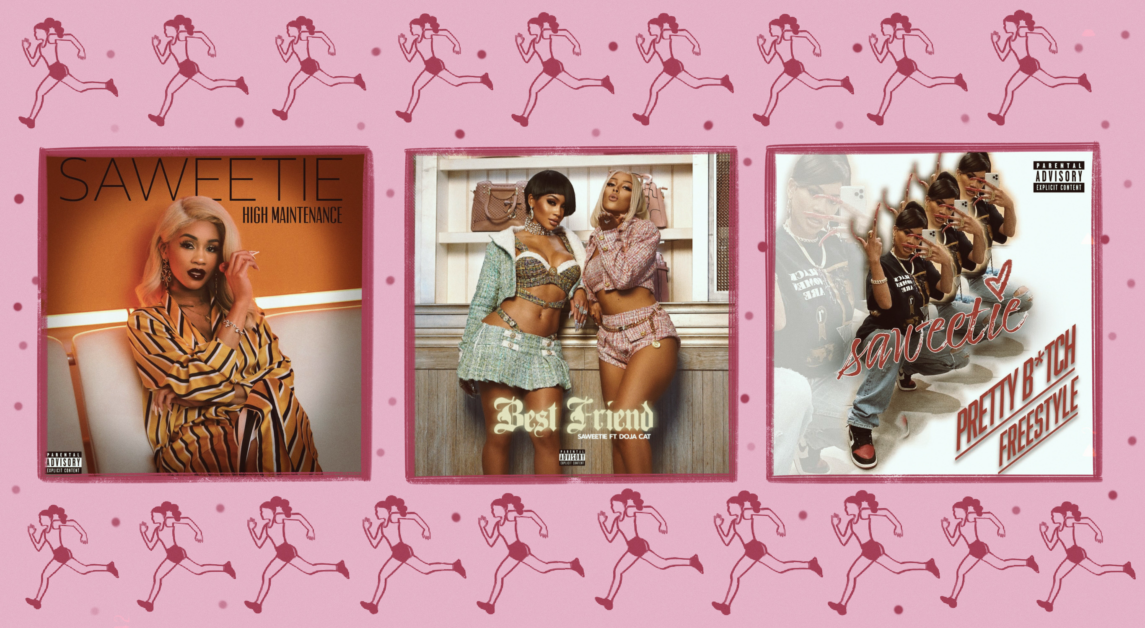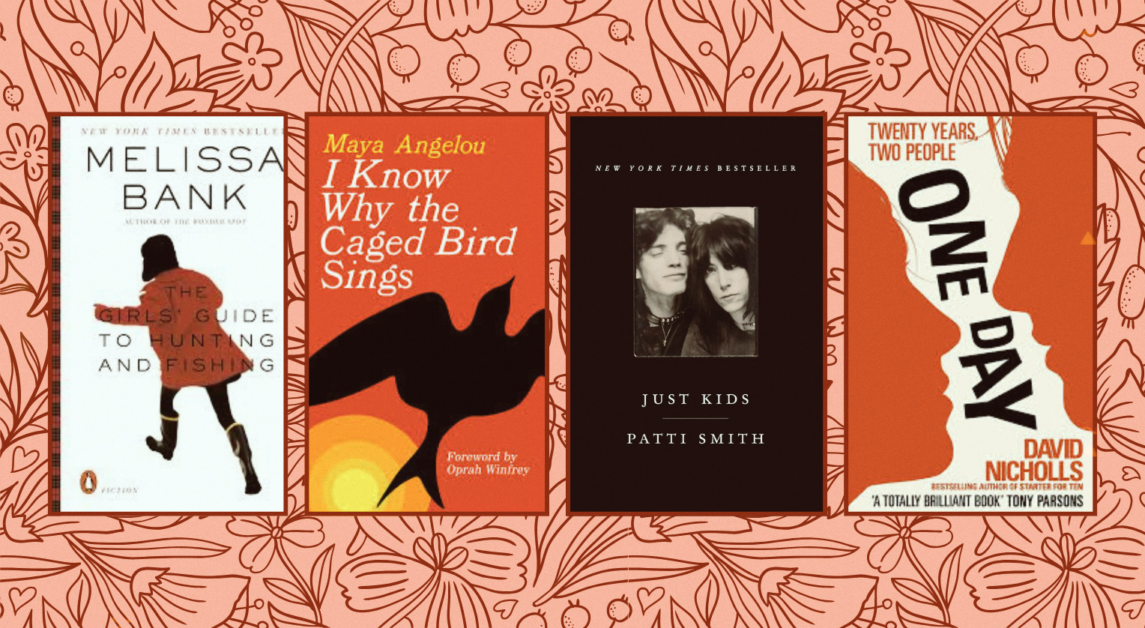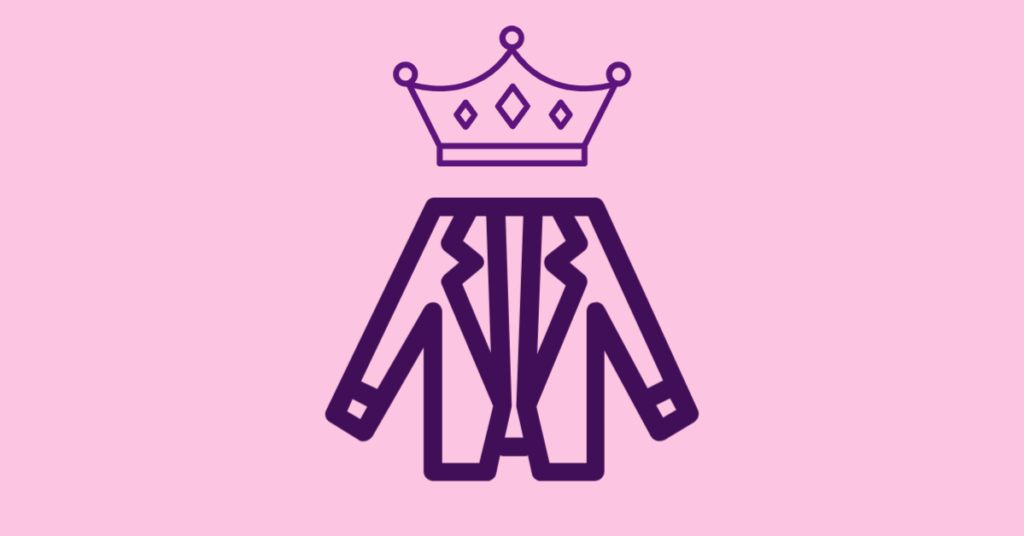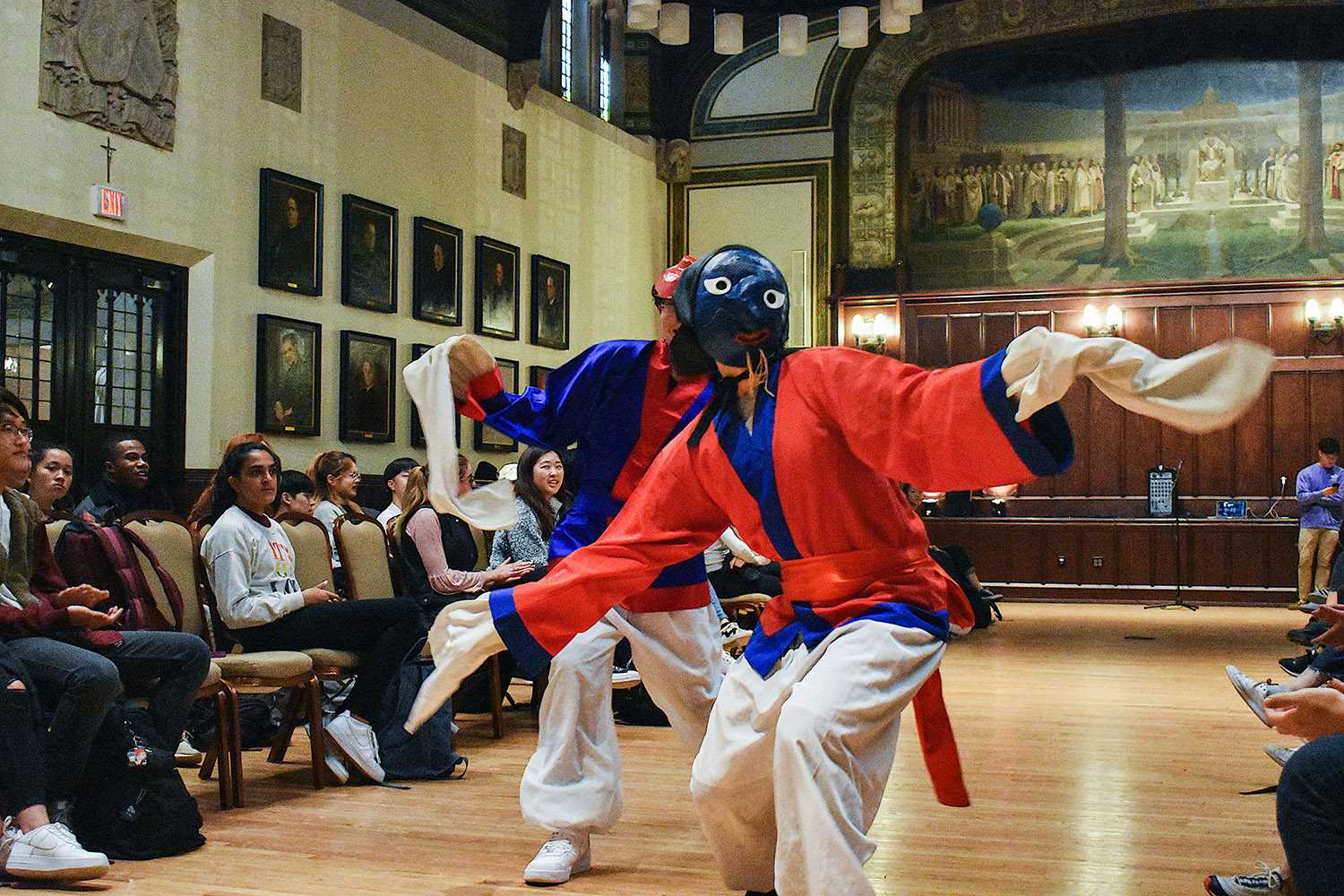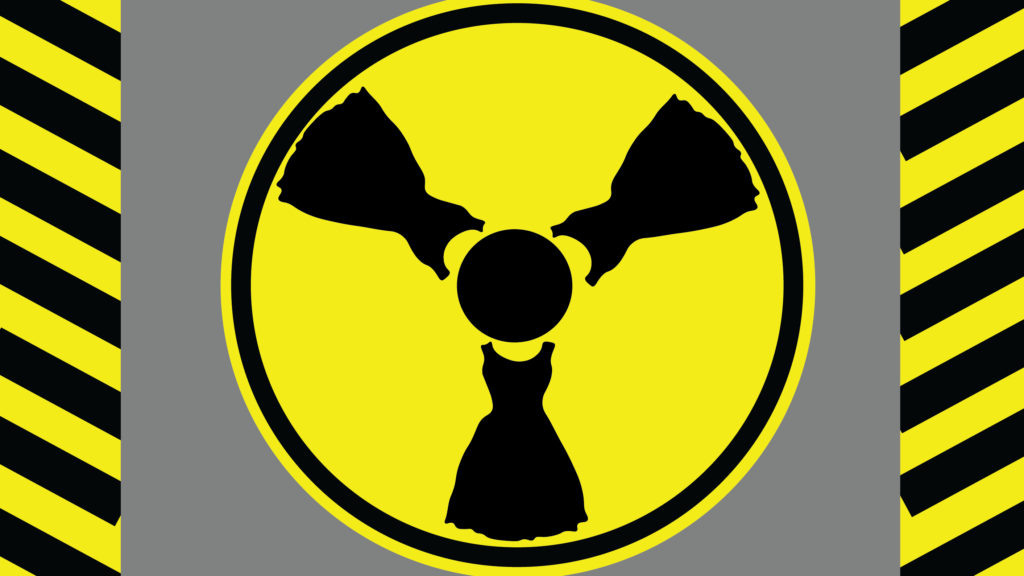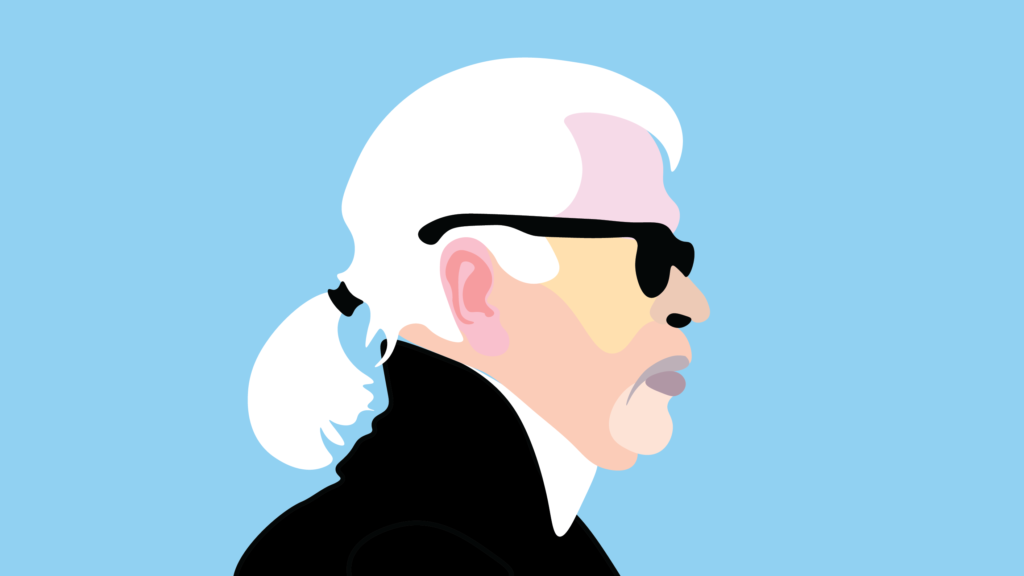As the memories (or lack thereof) from last weekend slowly fade away from the general student consciousness, the haze that is life after Labor Day weekend signifies, for many Boston College students, the end of syllabus week—and with it, the beginning of the first actual work week of the semester.
For the fashion-conscious, life after Labor Day also marks the start of a month-long slew of spring/summer 2016 collections hitting the runways at Mercedes-Benz Fashion Weeks across the world, beginning today with New York Fashion Week.
For both the fashion-conscious and unconscious alike, however, the week after Labor Day poses an unfortunate temporal reality: the end of summer.
The abrupt seasonal transition incited by Labor Day weekend forces us to confront, as a community, some tough questions: At what point should I put away the Summer Shandy and Rosé? (Maybe never). When should I stop playing Zac Brown Band? (Probably yesterday). And, the most pressing of seasonally-induced inquiries, can I still wear white? (Yes).
The moratorium on white after Labor Day has been seamlessly accepted as a mainstream cultural rule and seems to crop up every year—even for me, personally. On the Tuesday after Labor Day, I still find myself looking at the white denim in my closet with just a tinge of hesitation. Why is this sartorial mentality—outdated and largely unfounded—still so pervasive, for so many?
The origin of this cultural mythos, though not definitively established, traces back to the creation of Labor Day as a federated holiday in 1894, in recognition of the labor movement of the late 1880s. Labor Day eventually began to signify for society the close of summer—and with it, naturally, an endpoint for summer fashion.
It is theorized by some that the post-Labor Day petition against white originated as a contention of class and socioeconomic status. The start of a new season meant the disposal of summer clothing for the wealthy (which often entailed white leisurewear) and the assumption of a new wardrobe. Fall meant the return to the city, the start of work, and the salient acceptance among the elite that white was delineated for summering. Thus, wearing white after Labor Day was more than a mere faux pas—it was a way to signify class status and distinguish the etiquette of old money from the brashness of the nouveau riche.
Regardless of its historical origin, our modern adherence to an antiquated cultural mythos—with classist origins—is really unnecessary. An archaic issue of etiquette does not need to have a place in our culture, or our closets. I realize that on a college campus that is preoccupied with many other things beyond fashion etiquette, the relevance of this rule to students comes into question. Nonetheless, one look at the mass of T-shirt dresses and sandals flooding the quad suggests that maybe sartorial individuality is not high on list of priorities for the BC student. While the BC student perhaps may not conform to arbitrary fashion rules—it’s three days after labor day and there is still plenty of white being worn—there certainly exists a larger culture of conformity that is almost inherent to the BC experience, one that becomes very visually apparent in the lack of stylistic diversity on campus.
Even within the world of fashion, though, the ban on white after Labor Day has been famously disregarded, as the color is often embraced by fashion houses and style icons alike well into the next season (all those winter whites of last season, anyone?).
In the end, this cultural myth speaks to a larger issue: it exposes the often arbitrary and sometimes exclusionary nature of fashion, where it is easy to saliently absorb unspoken rules and expectations in the name of adherence to an accepted norm.
So, for the sake of stylistic individuality and this unusually hot weather, throw away your calendar and throw on the white.
Featured Image by Daniella Fasciano / Heights Editor

